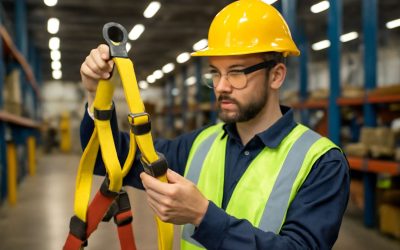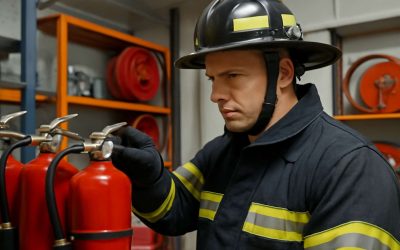
Safety wear, also known as personal protective equipment (PPE), helps to protect workers from potential hazards and risks while on the job. This safety gear includes garments like a hard hat, protective gloves, eye protection, hearing protection and safety boots, to name a few. By using these tools, it is possible to reduce health and safety risks for employees and provide a comfortable working environment.
The type of PPE required depends on a number of factors, including how the person will be exposed to a potential risk, what areas of the body are most at risk and whether the exposure is likely to be constant over an extended period of time. In order to determine what kind of protective clothing is best, a risk assessment should be carried out by a health and safety professional.
If a person could be exposed to airborne contaminants or hazardous liquids, a respirator is essential. This piece of protective equipment is used to filter out harmful substances, which is particularly important if an area of the workplace can be contaminated easily.
In some cases, a worker may need to protect their eyes with a pair of safety glasses or goggles. These help to protect against flying particles or abrasive substances and are especially useful in industrial work settings where the risk of exposure is high.
Protection for the hands is an absolute must, and there are a variety of options that can be chosen depending on the kind of task a worker will be carrying out. For example, it is a good idea to use a pair of rubber gloves when working with heat or electricity. These are ideal for protecting the skin from burns, chemical irritation and cuts.
Head protection is also an absolute necessity. A hard hat should be worn in a work area to prevent head injury due to impact, falling objects or electrical shock. The CSA class system identifies different types and classes of protective helmets, each designed to meet specific hazardous conditions.
Finally, it is important to ensure that all pieces of PPE are in good working condition. This means ensuring that all garments fit properly, are free from any cuts or burns and that they are regularly replaced where necessary. In addition, any accessories that are attached to a garment, such as a reflective tape or a hard hat, should be checked for any damage on a regular basis. This can be done by a member of the team or a health and safety professional.



0 Comments